Seagrass meadows are a vital habitat and food source for many endangered species but these crucial habitats are under threat from environmental change caused by human impacts climate change, coastal developments, fishing and aquaculture (Waycott etal, 2009).
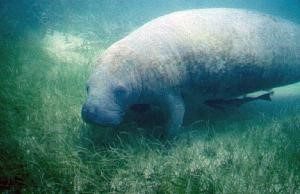
Climate Change
Climate change will cause a wide variety of impacts on the oceans which will effect seagrasses increasing water temperatures will lead to increased instances of seagrass die off, ocean acidification caused damaged to the cells plants require to photosynthesize and grow (Repolho et al, 2017).
As seagrass requires shallow habitats as sea levels rise there will be a loss of seagrass in deeper areas of their range seagrasses will move shoreward this trend is similar to trends that are being seen from increased amounts of sediments within the water as they will lack the sunlight to photsynthesise (Davis et al, 2016).
Coastal Developments
The construction of ports, artificial beaches and the reclamation of land, the adding of material to the water to fill in the area, this leads to more sediments within the water. The increased amount of sediments in the water can lead to seagrass beds being completely buried by the sediment and stopping plants from photosynthesising which it needs to survive, during the construction of the Pointe-Rouge Harbour over 68ha of seagrasses were lost due to water sediment and 11ha destroyed by construction (Boudouresque et al, 2009).
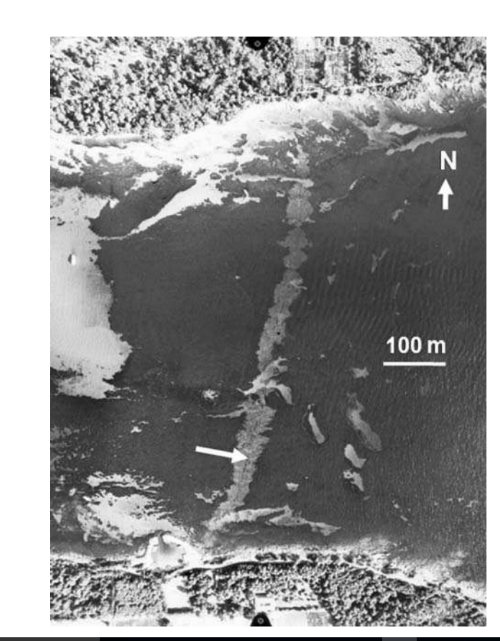
Fishing and Aquaculture
A trawler can uproot between 99,000-363,000 shoots during a trawl and in some areas of the Mediterranean over 80% of the seagrass meadows have been destroyed due to trawling (Boudouresque et al, 2009). Aquaculture, mainly fish farms, can cause a process called eutrophication, an excessive increase in nutrients heading into a body of water leading to high algal growth, because of the nutrients from uneaten food and excretion from the fish as it is focussed in one area around the fish farm this causes the reduction in size of the plants in the area due to reduced light reaching the plants, leading to a regression of the plants in the areas around fish farms (Ruiz et al, 2001).
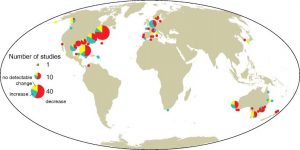
Future of Endangered Species
Dugongs, sea turtles and manatees all directly depend upon seagrass in many tropical regions for food and with decreases in seagrass globally, figure 3, they is likely to be further pressure put onto these already endangered species (Waycott et al, 2009), and if humanity does not take steps to solving the problems mentioned here the future of these iconic species is in real danger.
Reference List
Boudouresque, C., Bernard, G., Pergent, G., Shili, A., Verlaque, M., (2009), Regression of Mediterranean seagrasses caused by natural processes and anthropogenic disturbances and stress: a critical review, Botanica Marina, 52, 395-418
Davis, T., Harasti, D., Smith, S., Kelaher., (2016), Using modelling to predict impacts of sea level rise and increased turbidity on seagrass distributions in estuarine embayments, Estuarine, Coastal and Shelf Science, 181, 294-301
Repolho, T., Duarte, B., Dionísio, G., Paula, J., Lopes, A., Rosa, I., Grilo, T., Caçador, I., Calado, R. and Rosa, R. (2017). Seagrass ecophysiological performance under ocean warming and acidification. Scientific Reports, 7, p.41443.
Ruiz, J., Perez, M., Romero, J., (2001), Effects of Fish Farm Loadings on Seagrass (Posidonia oceanica) Distribution, Growth and Photosynthesis, Marine pollution bulletin, 42(9), 749-760
USGS, (2016). Manatees [online] Available at: https://www.usgs.gov/centers/wetland-and-aquatic-research-center-warc/science-topics/manatees [Accessed 20 Mar. 2017].
Waycott, M., Duarte, C., Carruthers, T., Orth, R., Dennison, W., Olyarnik, S., Calladine, A., Fourqurean, J., Heck, K., Hughes, A., Kendrick, G., Kenworthy, W., Short, F. and Williams, S., (2009). Accelerating loss of sea grass across the globe threatens coastal ecosystems,. PROCEEDINGS OF THE NATIONAL ACADEMY OF SCIENCES OF THE UNITED STATES OF AMERICA, 106(30), 12377-12381
Word Count – 489
 Such tragic pictures were taken in China telling stories of the low-income people who live on fisheries lost their fishes due to the algae bloom. However, this problem does not only present in China: according to reports, during 1972 to 1999 US commercial fisheries lost over 18 million dollars every year due to the poor water quality (National Science Foundation, 2000).
Such tragic pictures were taken in China telling stories of the low-income people who live on fisheries lost their fishes due to the algae bloom. However, this problem does not only present in China: according to reports, during 1972 to 1999 US commercial fisheries lost over 18 million dollars every year due to the poor water quality (National Science Foundation, 2000).
 The submerged aquatic plants which are adapted themselves to original lake conditions (e.g. high concentration of chlorophyll) are almost wiped out from the lakebed during the algae bloom (Jupp and Spence, 1977). In the case of Taihu lake in China, the area covered by submerged aquatic plants was over 530 km2 which reduced to around 300 km2 in 2009 (Qin et al., 2012).
The submerged aquatic plants which are adapted themselves to original lake conditions (e.g. high concentration of chlorophyll) are almost wiped out from the lakebed during the algae bloom (Jupp and Spence, 1977). In the case of Taihu lake in China, the area covered by submerged aquatic plants was over 530 km2 which reduced to around 300 km2 in 2009 (Qin et al., 2012).
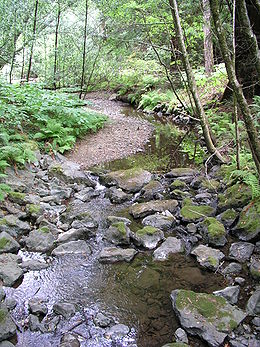
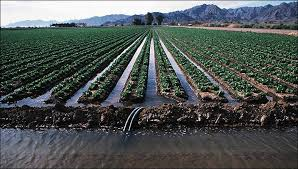
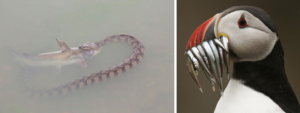

Recent Comments